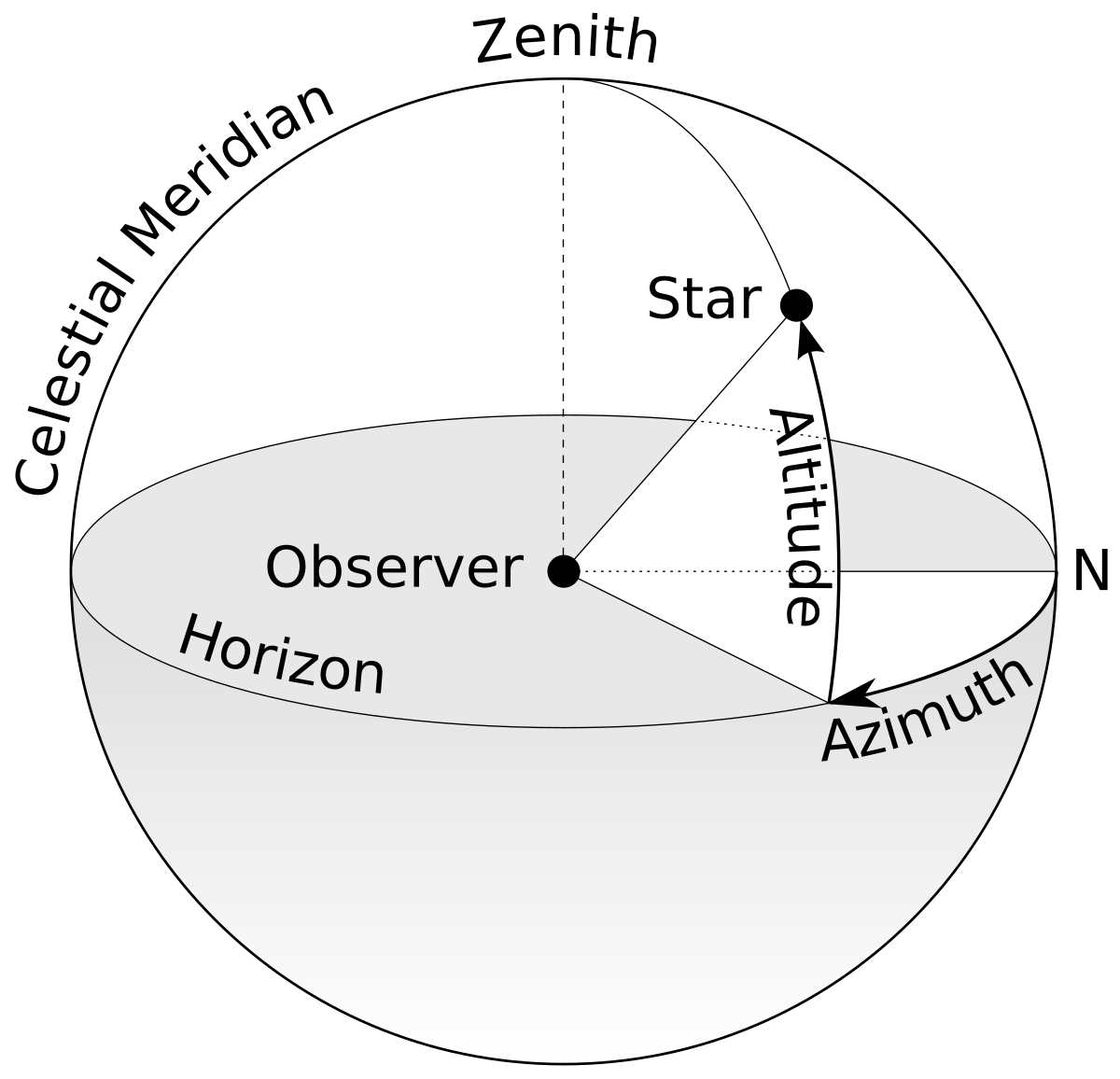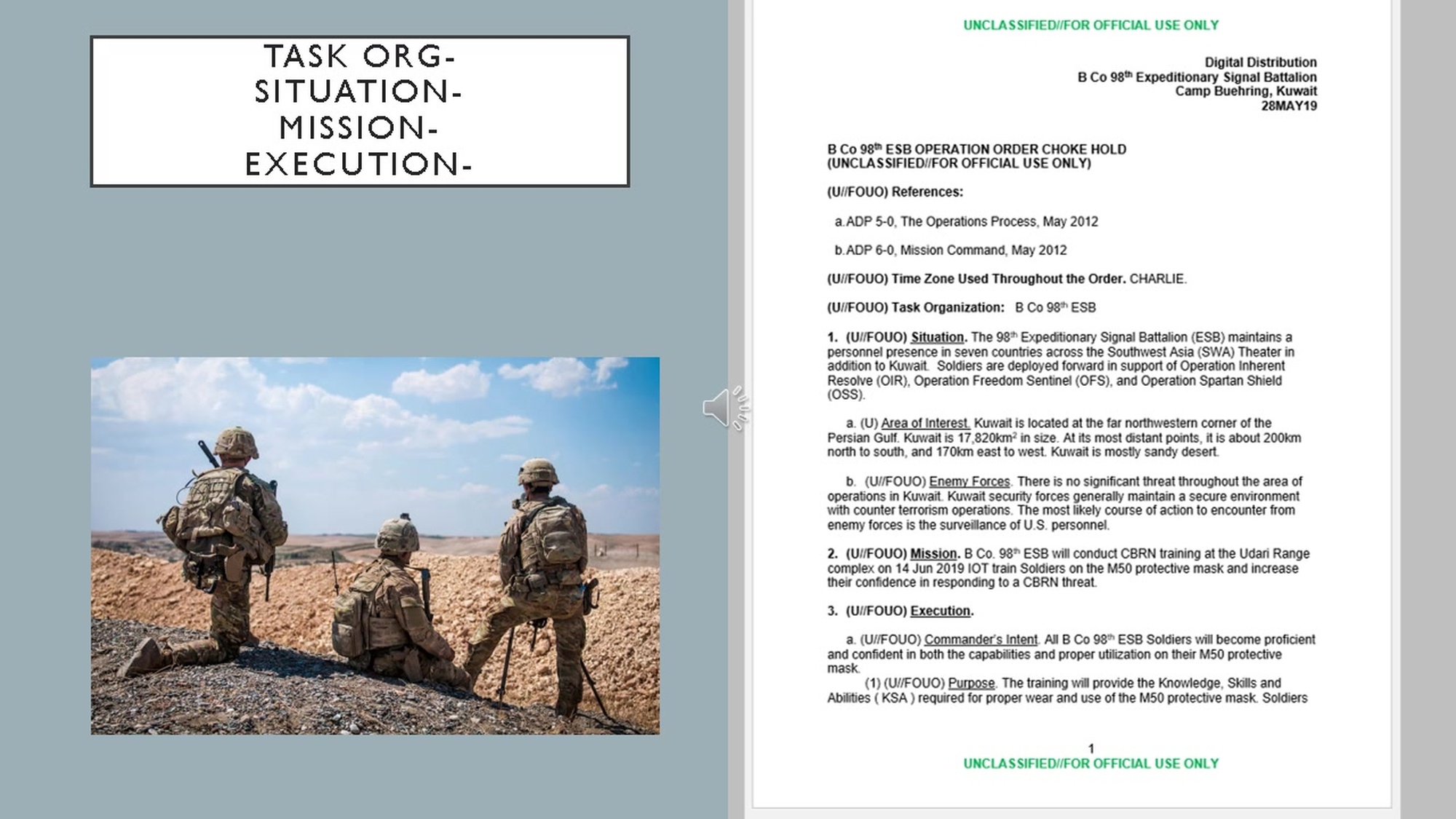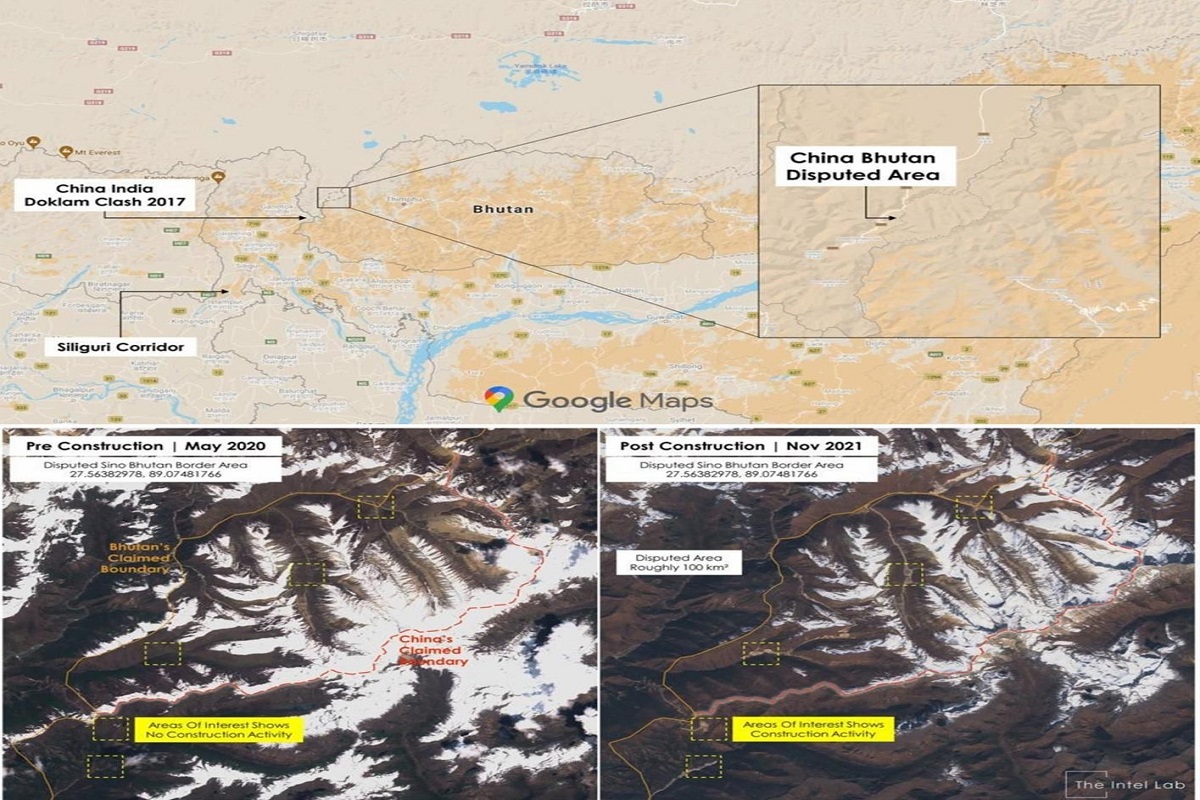Area Of Interest Army - The official US Army manual, the US Army Reconnaissance and Surveillance Manual, provides techniques, methods, and procedures for reconnaissance and surveillance planning, project management, and reporting.
Throughout history, military commanders have recognized the importance of reconnaissance and surveillance. Gaining and maintaining contact with the enemy is essential to winning a war, and there are many instances in American military history where our knowledge or lack of knowledge of the enemy directly led to victory or defeat.
Area Of Interest Army

The role of intelligence and surveillance in today's battlefield has not diminished; If anything, it's even more significant. Battles at combat training centers prove that good reconnaissance and surveillance work is critical to a successful attack. On the other hand, poor reconnaissance and surveillance almost guarantees defeat for the commander. The message is clear: success on the battlefield begins with reconnaissance and surveillance.
Area Of Interest
It looks at job perspectives due to data collection development, surveys, and defines the role of various employees in operations planning.
Intended for managers and their employees; intelligence personnel and collection managers; and other personnel involved in planning and intelligence and counter-intelligence operations and are now available to all. The US Army Handbook provides an inside look at the world of military intelligence.
Plus, get recommendations and special offers on all your favorite books and authors from Simon & Schuster.
By clicking 'Sign Up' I agree to the Terms of Use and the Privacy Policy and Financial Incentive Notice. Free e-book offer available to new US subscribers only. Offer redeemable at Simon & Schuster eBook Fulfillment. Must be redeemed within 90 days. See all terms and conditions and this month's options. Sustainability planners and staff implement the strategic decision-making process (MDMP) in the same way as all other advocates do. Attention is a characteristic of MDMP sufferers. The method does not change, but the form does.
Usace Deployments Offer Personal, Professional Development > Transatlantic Division Public > News Stories
Each functional area of a management unit should have a separate running assessment. This means that supported battalions must have at least a plan for logistics (S-4), personnel (S-1), and religious support (chaplain). In the maintenance command, each branch of the support operations department maintains a running schedule.
The operational plan provides a single document that personnel of a particular branch or division can refer to to answer questions about the current operational environment and the ability to support programs related to that branch or division. An operational plan defines:
You may find that it sounds deceiving for some of the steps involved in the design process and the MDMP project analysis aspects of the operational approach; That's right. A properly formatted, up-to-date execution plan provides all the information a planner needs to properly analyze the project and lay the groundwork for action. [Design methods are discussed in Part 1 of the series, published in the Sustainability issue of Design, March-April 2013.]

The basis of an effective operational assessment is to identify the information needs of the branch or department. Evaluators should ask, "What do I need to know to make informed decisions?" and "What does a dish look like?" Answers will vary for each specific functional area and task set, and specific answers will vary with measures of effectiveness.
U.s. Military Lingo: The (almost) Definitive Guide
By understanding information requirements, managers explain how they will find the information, in what format they need the information, how long the information will be valuable, the assumptions they will make if verified data are not available, and the action required. When data are available. Figure 1 shows one way to organize this information.
Much of the information that managers need is available in daily reports, such as staff status reports and project status reports, from subordinates, customers, or distribution units. Other information is available through Requests for Information or Joint Operating Drawings. In the case of convoys, it is best to actively participate in the development of the commander's reconnaissance and surveillance plan and to request intelligence support from unmanned aircraft systems, engineers, and military police.
Routine reports, by definition, have deadlines, and survey reports must. Administrators receive deadlines from the action the information indicates.
If a convoy is leaving station at 0800, the survey information should be available by 0700 so that the convoy commander can incorporate it into his plan. If the only request for operational information is to meet a deadline for consolidating information for reporting to the next headquarters, it is useless information. If there is no reason to collect data, please reduce the burden on subordinates and stop asking for it.
Military Ethics And Conflicts Of Interest
Armed with data, managers explain how to display it so that others can quickly understand it. Visual description is usually best, although some leaders prefer numbers and others bullets. This is basically how to set up a command center battle table, a short slide for battle updates or a command center of the future (CPOF) - rich joint operations picture. [Rich Sticky is the term used in CPOF for putting graphics on a digital map.] The data shown is directly nested into the information requirements. (See Figure 2.)
Diagnostic failure has proven to be a widespread problem. Soldiers have data available but lack the skills, desire, or time to analyze the data and determine its impact on operations, operational areas, and areas of interest.
In contrast to effect-based operations, which attempt to design projects to produce second- and third-order effects, effect analysis examines information to determine how current trends will directly or indirectly affect the unit over the next three planning periods. Does not respond to changing trends.

Analysis leads directly to evaluation. Independents must constantly ask, "Am I doing the right things?" (activity) and "Am I doing the right things right?" (Efficiency). Evaluation provides a tool for managers to determine if the project is moving within acceptable limits, to move to the next stage (continue) or start down a different path (branch), or if the current situation is showing deviations. Project review required. Evaluation uses the same indicators developed from effectiveness and performance measures that generate information requirements.
U.s. Deploys Troops To Eastern Europe Amid Ukraine Crisis
Using the same criteria, management evaluates operations to determine the best option. The evaluation capability of rolling evaluation not only enhances project analysis but also provides an evaluation method for action analysis.
Independents play an important role in intelligence preparation on the battlefield. Managers have specific information requirements that differ from managers but are equally important to project success. Most S-2s lack the training or experience needed to properly assess enemy logistics. This gives management planners two options: train analysts to think like managers or train operators to integrate the production of battlefield information into logistics plans.
The patient's main antagonist is time. Weather, terrain, route position, and enemy activity affect equipment degradation and the time required to conduct a deployment. The politics, economy, and infrastructure of the operating environment greatly influence the victim's ability to obtain contracts, make local purchases, and achieve strategic and operational delivery. This affects sustainability and efficiency.
A manager must know how the management environment affects his project and how to investigate available strengths and weaknesses. The Secret Service secures some of this information in its daily activities. Having an integrated manager in an intelligence cell reduces repetition in requests for information.
Will To Fight: The Most Important Factor In War
In many cases, the victim has information available or needs information that the detective cell does not have. By building management tools in the intelligence cell, it ensures the dissemination of data. Intelligence preparation on the battlefield without continuous input provides the commander and staff with an incomplete picture of the current operational environment.
A management person in an intelligence cell can play a key role in developing a template for an enemy situation; assessing enemy capabilities, strengths and weaknesses; and develop enemy lines of action. As parents know, freight trains, depots and depots are high profit targets. This applies to both sides of the conflict and is best placed to decide where the enemy commander places his patron's assets.
Managers must analyze enemy action to determine logistics capabilities, deployment requirements, and resource costs, and then provide input to enemy operational developers on the impact of these conditions. It requires unconventional work, but it's the right way to do things. Part of the general operational plan and operational order require each annex to require enemy and operational information. The entity benefits when management planners track, articulate, and disseminate this data.

Connections are a big expense
Industrial Organizational Psychology Definition
Area of interest, salvation army in this area, bay area mortgage interest rates, army home loan interest rate, army area of interest, destin army recreation area, army area rug, salvation army stores in my area, career interest area, army surplus stores in my area, salvation army in my area, army recruiters in my area
0 Comments